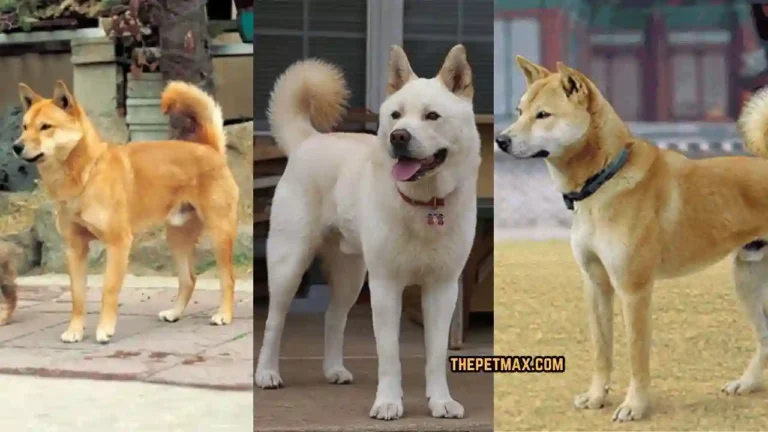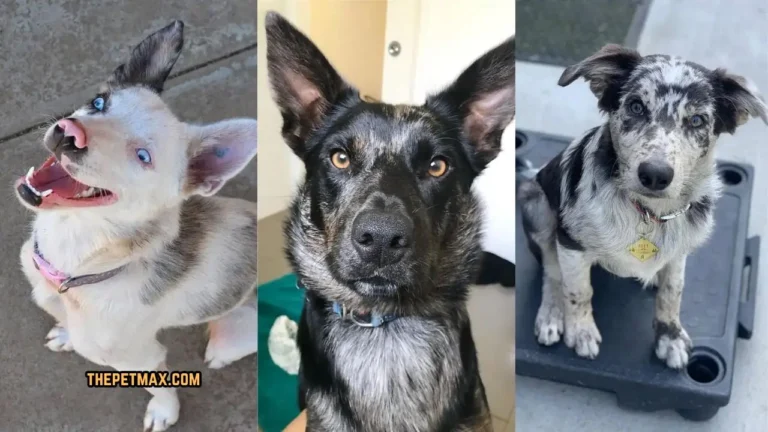Mexican Pitbull (Chamuco) Dog Breed Guide

The Mexican Pitbull is a small breed of dog descended from the extinct American Pit Bull Terrier, American Bully, Mexican Bulldog, Staffordshire Bull Terrier, Blue Bulldog, American Staffordshire Terrier and is also a boxer dog. Its characteristics include standing ears, drooping ends, round or oval eyes, a large mouth, a curved neck, muscular shoulders, a broad chest, and legs front, the tail is small and the tail is short and the tip is smooth.
Owning a Mexican Pit Bull, also called Chamuco, is an interesting experience for those who are prepared to face the challenge. They are known to be loyal, intelligent and protective. But they also have a strong desire and dedication to training and learning. To avoid extreme aggression towards strangers, other dogs and animals, it is important to socialize your Mexican pit bull from an early age.
Contents
- 1 History of Mexican Pitbull:
- 2 Some Quick Facts about Mexican Pitbull:
- 3 Mexican Pitbull Dog Breed Overview & Appearance:
- 4 Temperament of Mexican Pitbull:
- 5 Are Mexican Pitbull Good Family Dogs?
- 6 Are Mexican Pitbull Good with Other Pets?
- 7 Food and Diet Requirements of Mexican Pitbull:
- 8 Exercise Needs of Mexican Pitbull:
- 9 How to Train Mexican Pitbull?
- 10 Grooming Needs of Mexican Pitbull:
- 11 Common Health Problems of Mexican Pitbull:
- 12 FAQ’s:
- 13 Conclusion:
- 14 Related Posts:
History of Mexican Pitbull:
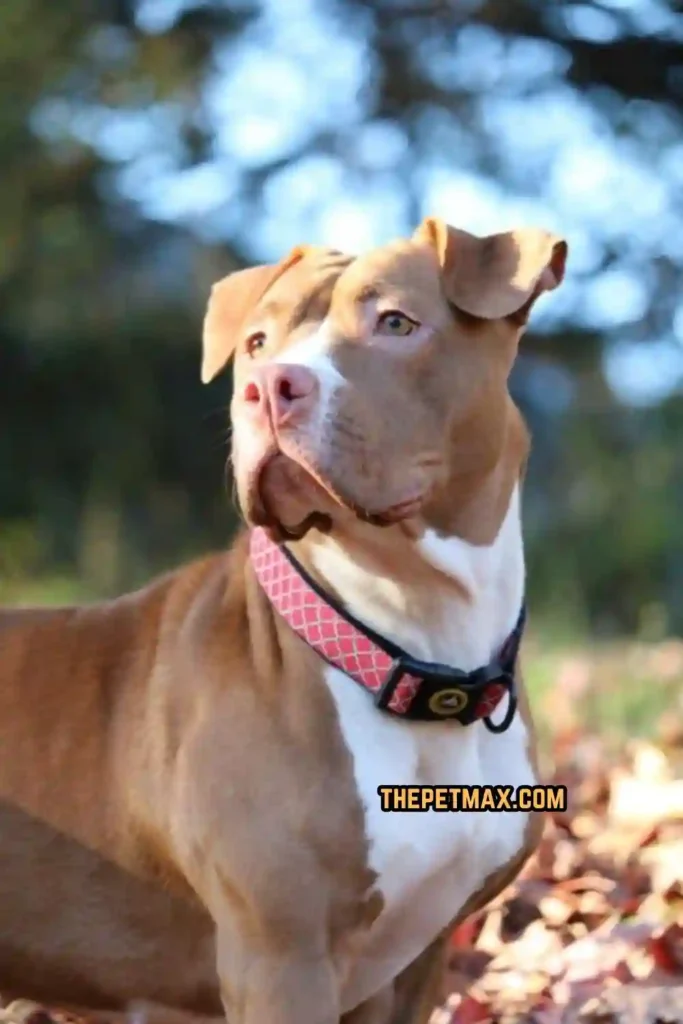
The Mexican Pit Bull Terrier is not a distinct breed but is a term sometimes used for the American Pit Bull Terrier (APBT) in Mexico. Pit bulls have a complicated history. A descendant of bulldogs and terriers, they were first bred in England for animal baiting and later for dog fighting.
Their story in Mexico is about their descent into humanity. Pit bulls enter Mexico in many ways, including immigration, trade, or simply as companion animals. In Mexico, as in many parts of the world, they are popular as loyal and protective family pets if properly trained and socialized. However, it should be noted that there is no such thing as a different breed called the Mexican Pitbull.
The term can be used informally to refer to the American Pit Bull Terrier and other similar dogs in Mexico, where there are many regional variations due to different breeding methods and regional influences.
Some Quick Facts about Mexican Pitbull:
- This breed was developed in Mexico in the 1980s for illegal dog fighting sites.
- Mexican Bulldogs are very easy to train and can be taught to do a variety of tasks, including helping people
- Sometimes they call him Mexican Pitbull, and he’s a Staffordshire Terrier.
Mexican Pitbull Dog Breed Overview & Appearance:

The Mexican Pit Bull Terrier, sometimes called the Mexican version of the American Pit Bull Terrier, has a muscular body, broad head, and short coat. They usually have strong jaws, protruding ears, and expressive eyes.
Their fur comes in a variety of colors, such as brown, black, white, or a mixture of these colors. These dogs hold their heads high and have a strong stance, showing their strength and agility. Overall, they have an interesting and sporty look that reflects their energetic and fun-loving nature.
| Height | 14 inches (approx.) |
| Weight | 25–40 pounds |
| Lifespan | 8 to 15 Years |
| Temperament | Loving, confident, and protective |
| Litter Size | 5 to 10 puppies |
| Group | Terrier Group |
| Size | Small |
| Colors | Several, including white, brown, and black |
| Coat | Short, smooth |
| Shedding | Moderate |
| Puppy Price | $200 to $1000 USD |
Temperament of Mexican Pitbull:
The characteristics of the Bulldog are controversial, as it is a very aggressive dog. For many people, they are their best friends they are happy, they want to be good, they are very strong.
This is a playful, soft-spoken dog that likes to play games, especially challenging and physical ones. Dogs are also quiet at home and don’t like barking. These are the observers and supporters of beauty.
Although the Bulldog can be mature at times, he is a quick learner and has great listening skills. Most of the pit bulls are peaceful. However, pit bulls are bred to be strong fighters. According to some people, this leads to interactions and fights with other dogs and sometimes even people.
Human and dog deaths and injuries are higher than other breeds and hybrids. Many deadly attacks are carried out by pets who attack their owners or other pets for no reason.
Although pit bulls don’t seem to bite more than other species (and probably less often), pit bulls still seem to attack. Coupled with the strength of his jaw and body, his wound can look ugly, loose, or sick.
Pit bull advocates believe that their behavior is hereditary. They reported that pit bulls scored about as well on the tests as other breeds of dogs that are considered friendly, such as golden retrievers. Although pit bulls rarely attack humans, their fatality record shows that pit bulls are still a species that should be managed with an awareness of their aggressiveness.
It should be noted that this information is generally accepted and traditional information about the breed and that each pit bull may be different.
Are Mexican Pitbull Good Family Dogs?
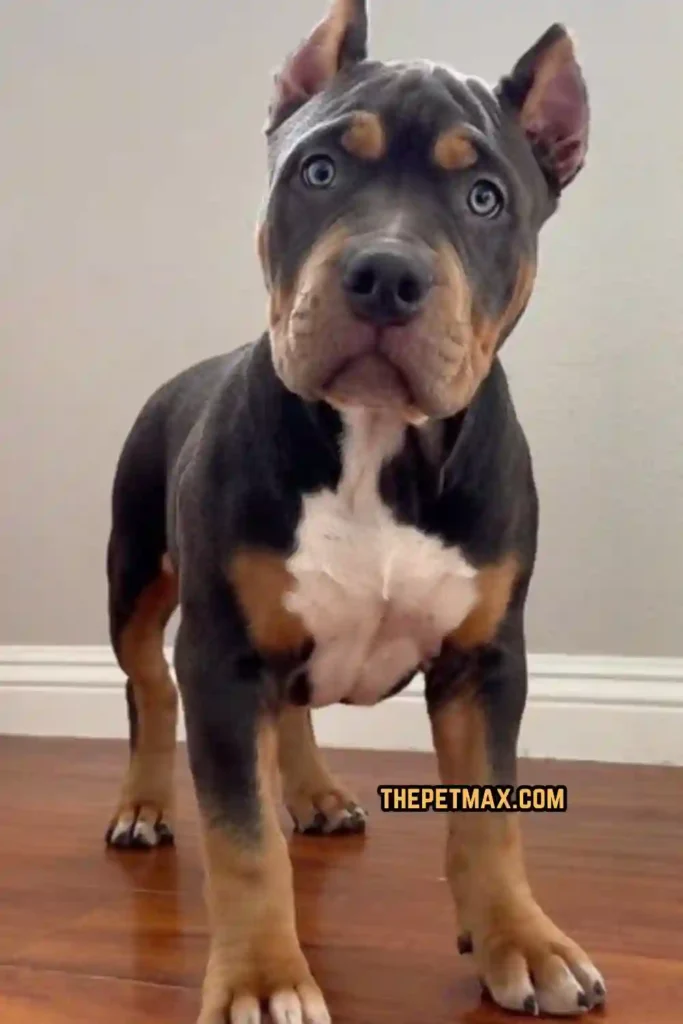
The Mexican Pitbull is known for being aggressive and vicious, but that’s not true. The Mexican Bulldog is a friendly and affectionate dog that gets along well with children and makes a great family pet. They are also very intelligent and respond well to training, making them ideal for obedience competitions.
It is important to train and socialize your Mexican Pitbull from a young age so that they grow up to be good and obedient dogs. Mexican Pitbulls can protect their families from strangers, which may lead them to be wary. They can learn to trust and be comfortable with new people by proper socialization.
Are Mexican Pitbull Good with Other Pets?
The Mexican Bulldog is a social dog that likes to be around other dogs. However, like all dogs, they need proper socialization to get along well with other pets. Mexican PitBulls are very aggressive, which means they are tempted to hunt small animals.
So, if you buy one of these puppies, be sure to introduce your Mexican Pitbull to other pets and check them carefully. They must learn to interact with other pets in a calm and controlled manner. The Mexican Pitbull can get along well with other dogs and cats.
Food and Diet Requirements of Mexican Pitbull:
You must provide your Pitbull with high-nutrient dog food that is produced from real and natural sources to meet the standards established by the Association of American Feed Control Officials (AAFCO) for dogs’ nutrition. Meat and poultry (called protein) are the main ingredients, with more fat than before, and fewer carbohydrates to prevent obesity. Your dog needs about 2 grams of protein per pound of body weight per day to stay healthy.
When considering a pit bull’s diet, it may be a good idea to discuss grain-free dog foods and other types of food on an individual basis with your veterinarian. In addition, the fatty acids in your diet help with skin problems.
Sometimes, Pit Bulls can suffer from a heart condition called aortic stenosis. To keep a pit bull’s heart healthy, a nutrient-dense diet is essential, along with proper exams and medications prescribed by a veterinarian.
Exercise Needs of Mexican Pitbull:
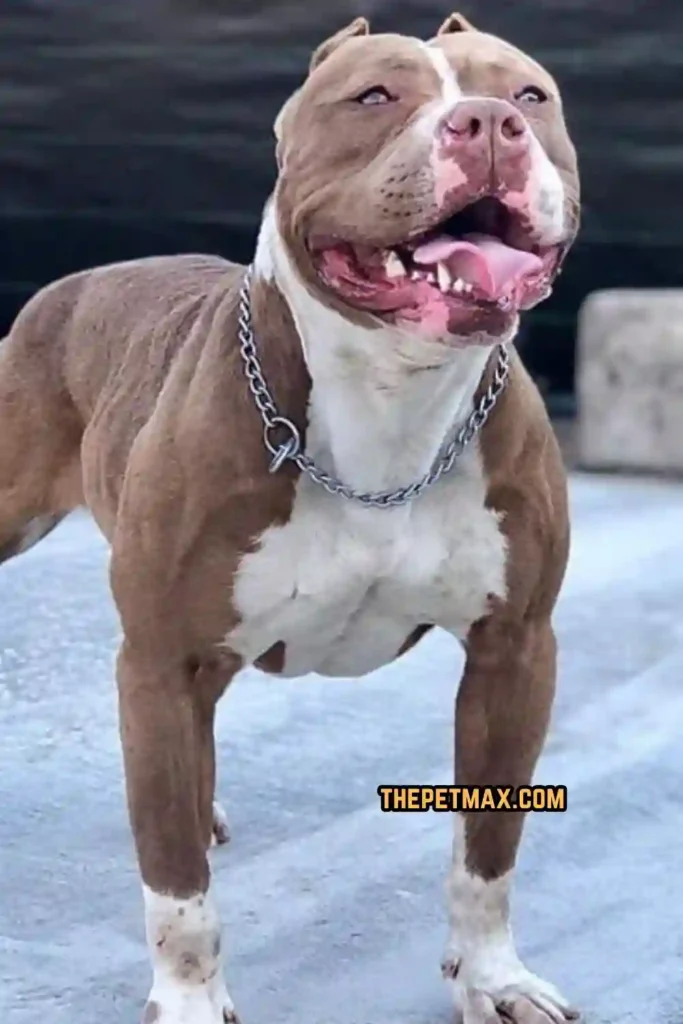
One of the most striking features of the Mexican Bulldog is its muscular body. It’s a powerful, artistic, impressive and terrifying body. Their bodies are lean and toned, making them great athletes. They are also famous for their high energy levels and need to be exercised regularly to maintain health and happiness. The Mexican Pitbulls are not recommended to live in an apartment as they need a lot of room for running and playing. They’re also known to have a high level of energy.
To keep them happy and healthy, they need regular exercise and playtime. If they don’t get enough exercise, they get bored and ugly. The Mexican Pitbull is a very social dog and loves to spend time with his family. If they are alone for a long time, they may feel sad and depressed.
How to Train Mexican Pitbull?
Training your Mexican Pit Bull as a dog is important for several reasons. First, it helps build a strong bond between owner and dog. Second, it helps shape the dog’s behavior and personality. Rabbits are like sponges, they absorb everything in their environment, including learning behaviors.
So, now is the right time to learn the pros and cons. Training your Mexican Bulldog at a young age can prevent bad behaviors such as excessive chewing, digging and barking. Here are some ways to train this powerful dog:
Obedience Training:
The first step in training a Mexican Pitbull dog is obedience training. This training will teach your dog basic commands such as sit, stay, come, and follow. These commands lay the foundation for further training in the future.
When training your dog, avoid punishment or negative reinforcement as this will create fear and aggression in your dog. Consistency and repetition are key when training a Mexican Pitbull puppy, so be patient and practice until your dog understands all the commands.
Crate Training:
Crate training is an important part of Pitbull dog training. The crate gives your dog a safe place to rest and sleep, and it’s also a way to prevent bad behavior when you’re not home. When training your dog, make the crate a comfortable and relaxing place, using treats, toys and blankets to create a comfortable environment.
Never use the crate as a punishment for bad behavior as it can cause your dog to panic. Increase the amount of time your dog spends in the crate, from short to long periods.
Social Training:
Social training is important for Pitbull dogs because it helps them adjust and become more confident around other dogs and people. Socialize your puppy from an early age and expose him to different environments, people and animals (especially dogs).
Use positive reinforcement, such as rewards and praise, to encourage positive behavior during interactions. It is also important to supervise your dog during socialization to keep him safe and prevent negative interactions.
Advanced Training:
Techniques Once your Pitbull dog has mastered obedience commands, you can move on to more advanced training techniques such as handler training, trick training, and scent training. This training method provides your dog with mental and physical stimulation and challenges his mental and problem-solving abilities. Use effective reward systems such as rewards, incentives, and verbal praise to encourage good behavior during training.
Grooming Needs of Mexican Pitbull:
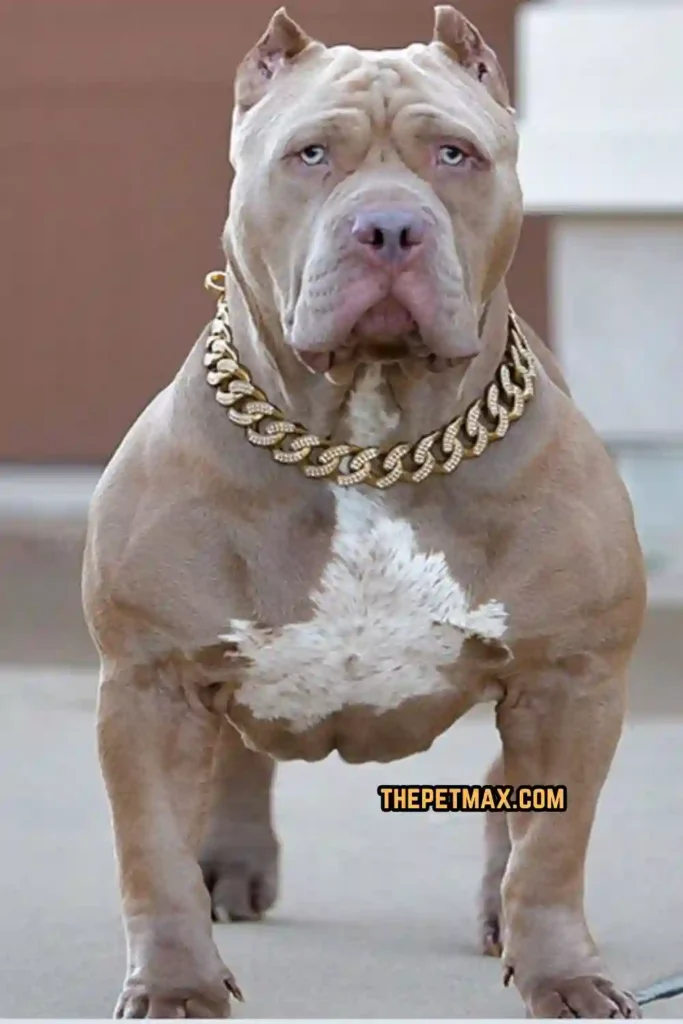
As with all breeds, taking care of your Mexican Pitbull will not only help them look good but also have health benefits. Regular grooming can prevent skin irritation and diseases, including gray hair and fur. You can also check your dog’s skin and coat for signs of infection and parasites. Here are some tips on how to properly care for your Mexican Pitbull:
- Bathing:
The Mexican Pitbull’s coat is short, so they don’t need to be bathed as often as other breeds. However, it is still important to keep it clean and fresh. It is recommended to brush your Mexican Bulldog every 4-6 weeks or as needed if they are very dirty.
When cleaning your Mexican Pitbull, be sure to use dog shampoo and anti-flea medication. Human shampoos can be too harsh on the skin and irritate. Use warm water and avoid getting water and soap into the eyes, nose and ears. Dry with a towel or hair dryer on low heat.
- Brushing:
Brushing your Mexican Pitbull’s coat is important to keep his coat healthy and prevent shedding and shedding. It is recommended to groom your dog at least once a week. Use a brush designed for short hair types, such as a rubber garden brush or a bristle brush. Start from the head and work your way down the body, being gentle on sensitive areas like the stomach and legs.
- Nail Trimming:
Nail trimming is very important to the health and comfort of your Mexican Pit Bull Terrier. Ingrown toenails might cause pain and difficulty in walking. It is recommended to trim your dog’s nails every 4-6 weeks or if you hear them clicking on hard surfaces. Use dog nail clippers to cut the tip of the nail, being careful not to cut the nail too quickly (the pink part). The part of the nail that contains the blood vessels).
Common Health Problems of Mexican Pitbull:

- Skin Allergies: Skin allergies and other problems are often caused by parasites, lack of proper care, poor hygiene, or other health problems. Allergies can cause itching, redness, and a rash, and can be treated with medicated shampoos, antihistamines, and steroids. If you notice your dog licking, scratching, or biting a particular area, this could be a sign of an allergic reaction. Therefore, it is best to do your research and contact your veterinarian for advice.
- Ear Infections: These infections can cause irritation and pain, and if left untreated can lead to hearing loss. Ear cleanings and exams can help prevent infections, and your vet can prescribe antibiotics if necessary.
- Dental Problems: Brushing your teeth and getting regular dental checkups can help prevent dental problems like gum disease, tartar build-up, and cavities. If left untreated, it can lead to tooth decay, pain, and death. It is important to constantly monitor your pit bull’s health and visit the vet if you notice any changes in his behavior, appetite, or overall health. Regular exercise, a balanced diet, and proper care will help keep your pit bull healthy and happy.
FAQ’s:
Do Mexican Pitbull bark a lot?
Like most dogs, the Mexican Bulldog can bark to communicate needs and reactions. However, the amount of barking is not a characteristic of the breed itself but is influenced by the individual, training, socialization and environment.
Often, they wake up to alert their owners that something unusual is happening, to show excitement, when they are anxious or bored.
Do Mexican Pitbull have a high prey drive?
The Mexican Pit Bull may have a moderate or high prey drive, in the same way as several breeds that were first reared to be hunted or for working purposes. There is a difference in this drive between individuals.
Do Mexican Pitbull require special care?
Mexican Bulldogs do not require special care compared to other breeds, but they are attentive to their needs. Because their energy levels are high, exercise is important.
Involving them in daily activities such as walking, jogging or playing helps maintain physical and mental health. Socialization from an early age is important to get along well with people and other animals.
Why would anyone own Pitbull?
Many people choose to keep pit bulls because they are loving, loyal, and good companions. Known for their affectionate nature, they can make great family pets if properly trained and cared for.
Conclusion:
If you are considering getting a Mexican Bulldog, it is important to remember that they need to be exercised regularly and played daily to keep them happy and to keep them from wandering around your house.
They are also very social dogs that require a lot of attention and care from their owners. With proper care and training, the Mexican Pitbull can be a great companion and a true family pet. It is important to start training these dogs from a young age so they don’t become childish and difficult to handle like older dogs.
